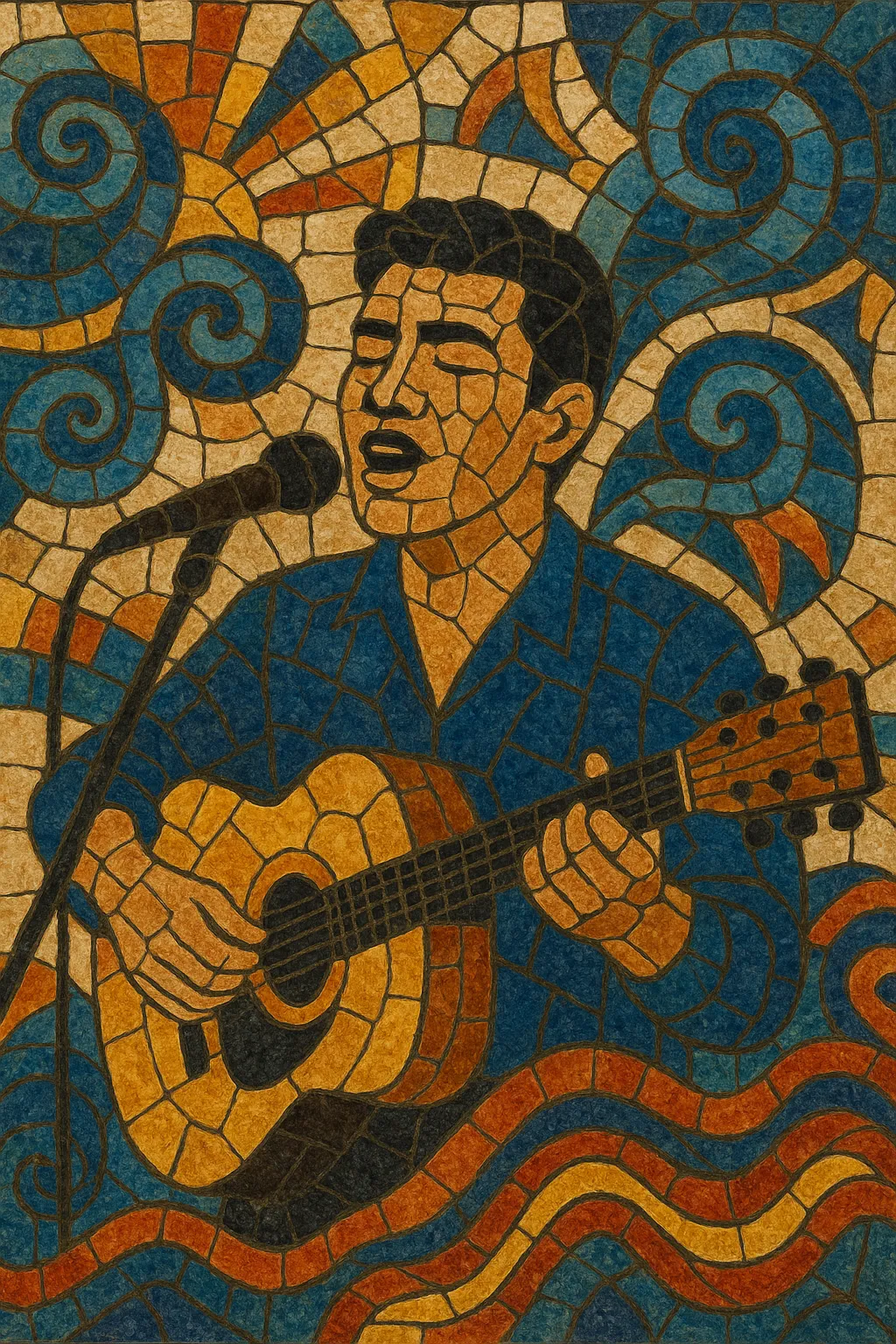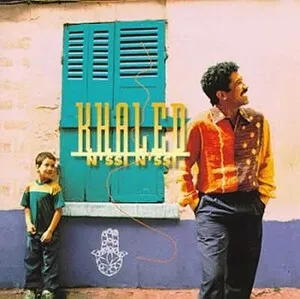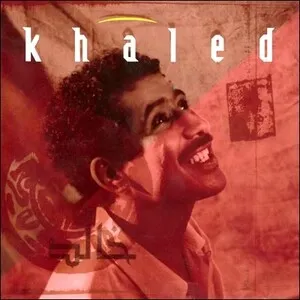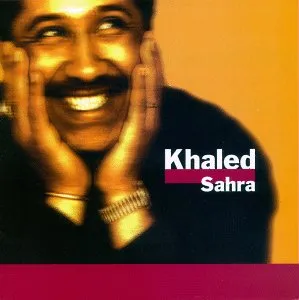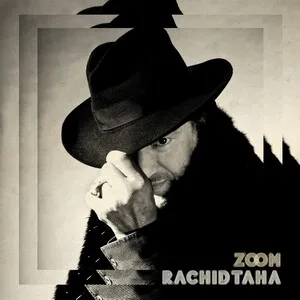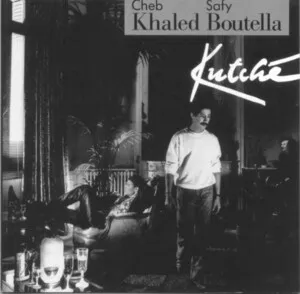Your digging level
Description
Pop raï is a modern, radio-friendly evolution of Algerian raï that blends the vernacular singing style and modal melodies of Oran with the hooks, structures, and production sheen of Western pop.
Built on tight 4/4 dance grooves, catchy choruses, and synth-driven arrangements, pop raï keeps the expressive, melismatic vocals and maqam-inflected melodies of classic raï while embracing drum machines, electric bass, guitar, and keyboards. Lyrically it moves between romance, everyday life, hedonism, and migrant longing, often reflecting the experiences of North African youth at home and in the French diaspora.
By the early 1990s, artists such as Khaled and Cheb Mami helped push pop raï onto international charts, where it intersected with worldbeat, French pop, and later with R&B/rap aesthetics.
History
Raï emerged in the early-to-mid 20th century around Oran, Algeria, evolving from Bedoui and Cheikha traditions. In the late 1970s and early 1980s, a younger generation (often using the honorific "Cheb/Cheba") modernized the sound. Producers like Rachid Baba Ahmed introduced electric instruments, synths, and drum machines, shifting raï from folk-dance settings toward clubs, cassettes, and radio.
As Western disco, funk, rock, and synth-pop swept the Maghreb, raï artists streamlined song forms and embraced glossy production. Tracks such as Chaba Fadela & Cheb Sahraoui’s "N'sel Fik" (1983) signaled a new, pop-leaning direction—shorter structures, big hooks, and electronic rhythm sections. The music resonated with urban youth and spread rapidly via cassette culture.
Political pressures and the search for broader audiences led many artists to France, where pop raï met major studios and global markets. Khaled’s "Didi" (1992) and Cheb Mami’s international collaborations (culminating in the late-1990s with high-profile crossovers) brought the style to mainstream listeners. The Paris scene helped codify pop raï’s sonic palette—danceable 4/4 beats, synths, and chorus-driven hooks—while retaining Arabic lyrics and melisma.
Pop raï continued to cross-pollinate with French pop, R&B, and rap, inspiring hybrid projects and compilation series and paving the way for later fusions (e.g., raï’n’b). Contemporary artists keep the core elements—modal melody, emotive vocals, and dance grooves—while updating production with modern sound design, autotune as a stylistic effect, and festival-ready arrangements.

